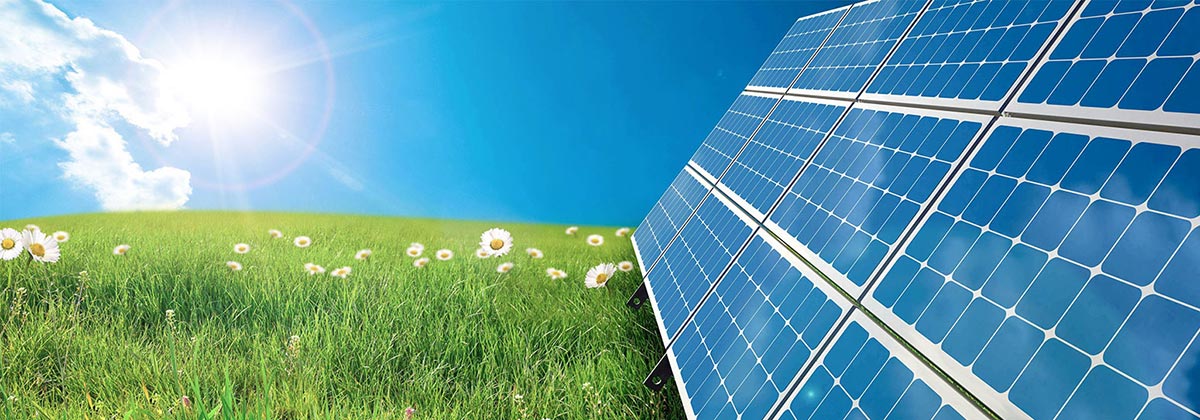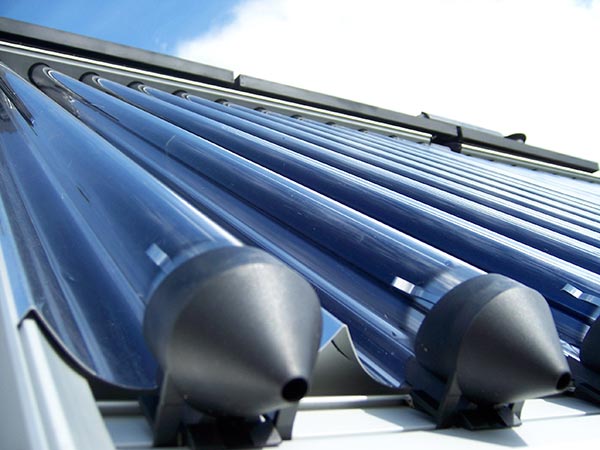1. What Is Solar Heating?
The term “solar” comes from the Latin word Sol, meaning sun in modern English. As South Africans, we’re more than familiar with the big fiery heavenly body that gives us life – and feels like it’s trying to kill us, in summer!
Solar heating and cooling technologies collect the thermal energy from the sun and use it to heat water geysers for bathing, washing clothes and dishes and so on. It’s also used for space heating, cooling, and pool heating – not to mention many industrial processes.
These technologies can replace the use of oil or natural gas as sources of energy – both of which damage the earth by pollution, in their use AND the methods used to extract them for use. It’s debated hotly in many areas of geology, environmentalism and manufacturing technology how much oil and coal we actually have left to use, and whether we will “run out” as some claim.
What IS well-understood is that fossil fuel extraction and use contributes substantially to global climate change – which could wreak havoc on the planet as we know it. Even a small rise in average sea temperatures could cause mass extinctions and flooding of coastal, island and low-lying land areas.
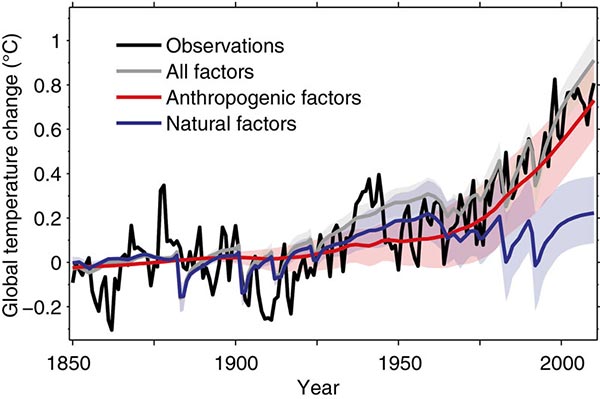
Desertification of large land masses is also a looming risk. Any significant change will without a doubt result in the loss of millions of human lives, and devastate a large percentage of the natural habitat of countless plant and animal species. However we look at it, the use of fossil fuels needs to be significantly curtailed in the next couple of decades.
Despite confusing and misleading information from corporations, lobbyists and politicians (none of whom will be anywhere near a flood area, or in danger of starving, of course…), many people are advancing into the future and beyond.
Luckily for us all, many people are hard at work manufacturing and installing technologies that are designed to minimize the impact of our modern lives on planet Earth. Solar heating and cooling systems that significantly reduce our dependence on fossil fuels are one of these areas of technology.
2. How Does a Solar Water Heating System Work?
Solar heating works on very simple natural principles we learn in primary school. It’s certainly not rocket science! Congratulations if you learned about rocket science in primary school though – the world needs more people like you, and fewer politicians!
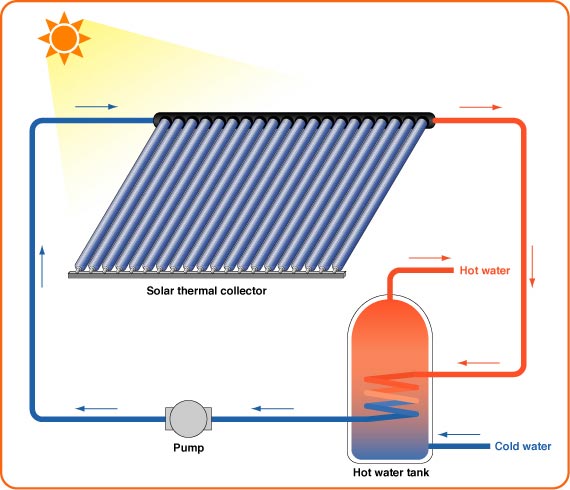
Solar water heaters use two natural phenomena to work: dark-coloured objects absorb heat, and hot water rises. Modern technology has now made it possible to harness these simple principles to produce a reliable source of hot water in our homes.
A solar water heater is a combination of three elements:
- Solar collectors absorb solar radiation and transfer the energy to a fluid or material passing through them.
- The fluid or material transfers the absorbed heat to the water, through conduction or convection. The type of material used is dependent on the design and needs of the solar water heater.
- The heated water is stored in a geyser with a protected inner lining, for use by a household or company.
A solar water system tank or geyser is larger than your conventional household geyser. This is because the sun is heating the total volume of hot water that is required for the day. Conventional 150 litre electric geysers that need to heat, for example, 250 litres for your daily consumption will need to work on a cycle to heat the extra 100 litres.
3. What Are Solar Collectors?
Solar water heating systems include storage tanks (or geysers), and solar collectors. So what exactly are solar collectors?
There are various types of solar collectors that are used for our homes, for example:
- Flat-plate collectors are insulated, weatherproofed boxes that contain a dark absorber plate under a glass or plastic (polymer) cover.

- Evacuated-tube solar collectors consist of parallel rows of transparent glass tubes. Each tube contains a glass outer tube and metal absorber tube attached to a fin. The fin's coating absorbs solar energy but inhibits radiative heat loss.
Working together with the collectors, there are various types of active solar water heating systems in normal household use.
Integral collector-storage systems have one or more black tanks or tubes in an insulated, glazed box. Cold water first passes through the solar collector, which preheats the water. The water then continues on to the conventional backup water heater, providing a reliable source of hot water – this system is typically used in countries with severe cold temperatures in winter.
Thermosyphon systems use the principle that warm water rises and cooler water sinks. The collector must be installed below the storage tank so that warm water will rise into the tank. These systems are reliable, but contractors must pay careful attention to the roof design because of the heavy storage tank.
Solar water heating systems almost always require a backup system for cloudy days and times of increased demand. Conventional storage water heaters usually provide backup and may already be part of the solar system package.
4. Can You Heat and Cool Your House with Solar Panels?
Most homes today have forced-air heating and cooling systems. There is an air handling unit which combines a blower, an evaporator for the air conditioning and either a burner (with natural gas) or an electric heating coil. This unit is the centre of the home’s heating and cooling system, and it is controlled by a thermostat.
Most air handling units have extra unused space in them. This space is normally there for the addition of more heating coils. Some climates need a lot of heating coils in order to keep a home warm - but in warm countries like South Africa, they aren’t all installed. We can easily utilize that space for a solar heating coil.
The handling unit will then run to a large degree from the solar collection system, and you will use substantially less electricity from the power grid for your heating and cooling.
Besides the obvious saving in grid-based power for heating and cooling your home, solar panels also provide shade, on top of generating clean electricity. Researchers at the University of California San Diego decided to have a closer look at the panels' cooling effect to see its significance. “Using thermal imaging, researchers determined that during the day, a building’s ceiling was 5 degrees Fahrenheit [2.8 degrees Celsius] cooler under solar panels than under an exposed roof."
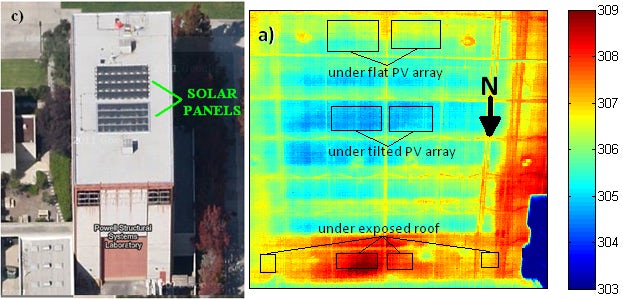
Rather than the sun beating down onto the roof, which causes heat to be pushed through the roof and inside the ceiling of the building, photovoltaic solar panels take the sun’s punishment. The benefits are even greater if there is an open gap where air can circulate between the building and the solar panel, so tilted panels provide even more cooling than flat panels. Also, the more efficient the solar panels, the bigger the cooling effect.
This is an often overlooked advantage of solar panels!
5. Advantages of Solar Heating / Cooling
Heating water is very expensive as it requires a huge amount of energy. It is believed that 18% of domestic energy is used to heat water. In most homes and businesses in South Africa, this energy is generated from electricity - which is the most expensive way to heat water.
Imagine your life without hot water on tap.

Our forefathers (and plenty of people today) have hot water only much effort – heating over gas stoves and the like. Running hot water is a luxury for most people worldwide, which many of us take for granted – in ways that cost us a lot of money, and can damage the environment. We can try and save energy by implementing some lifestyle changes to use less hot water (for example, running less full baths, using thermostats on our heating system more efficiently), but in the 21st Century, we all want hot water on tap.
Solar water heating systems are a great way to reduce energy costs associated with heating water. Rather than relying on fossil fuels, there is another option and that is to use solar energy. As with most things, there are advantages and disadvantages to consider. If you are investigating installing solar thermal panels to heat water for your home or business here are some things to weigh up:
Advantages of Solar Water Heating
- You are using free energy! Solar energy is free and abundant (even in cloudy weather).
- They lower your carbon footprint.
- A typical house would only need 2-3 solar thermal panels at 2m x 1m each to heat the water for the house. So, many houses can get solar thermal panels installed (See, Will a solar installation work on MY roof?) – even if they are not that big, or most of the house is in the shade.
- They are efficient. About 80% radiation is turned into heat energy.
Disadvantages of Solar Water Heating
- The only real “disadvantages” of solar heating are maintenance requirements – which are needed in many other areas of homeownership, anyway! Annual maintenance for any pump systems is recommended to ensure that they are performing optimally.
- A new hot water cylinder might need to be installed.
- A professional will have to check if your roof is suitable for solar panels - there may be too many trees or other types of shading around or on your house to provide a return on your investment.
Solar energy technology is growing.
Make sure you’re growing along with it.
If you want to see how much you can save by going solar, check out our solar savings calculator.
Not sure which solar system is right for you, get a quote for a solar installation.
Think you can't afford to go solar? Think again, you can still save over 50% on your energy bill, even with solar financing.

